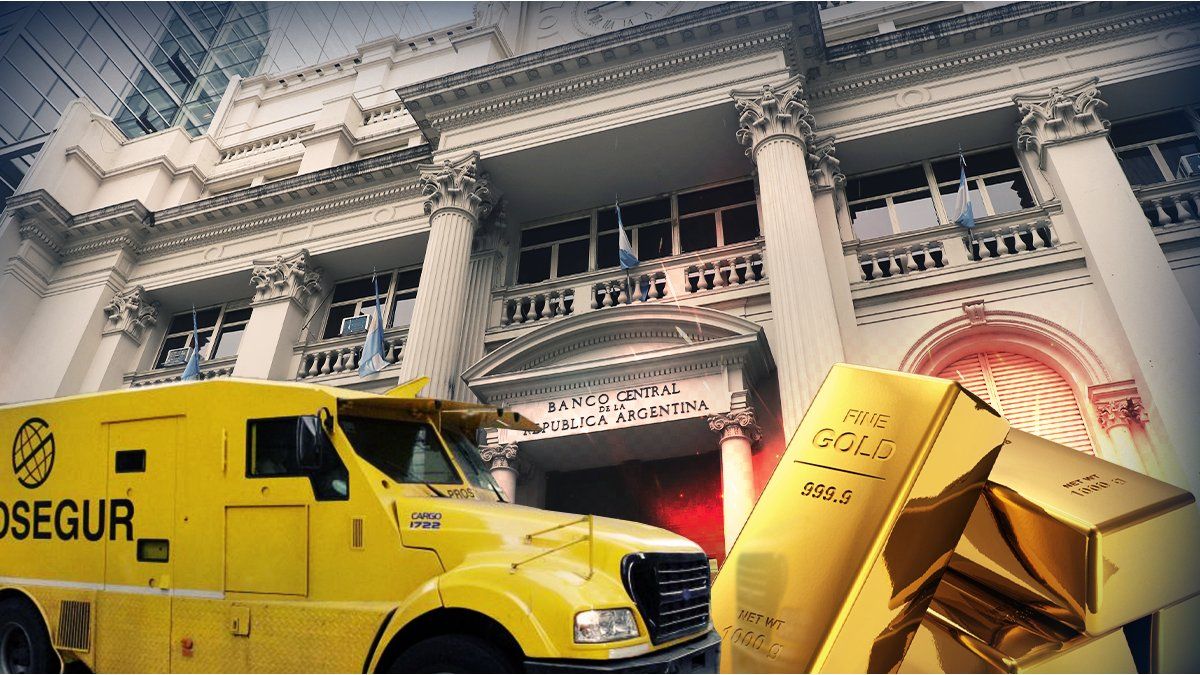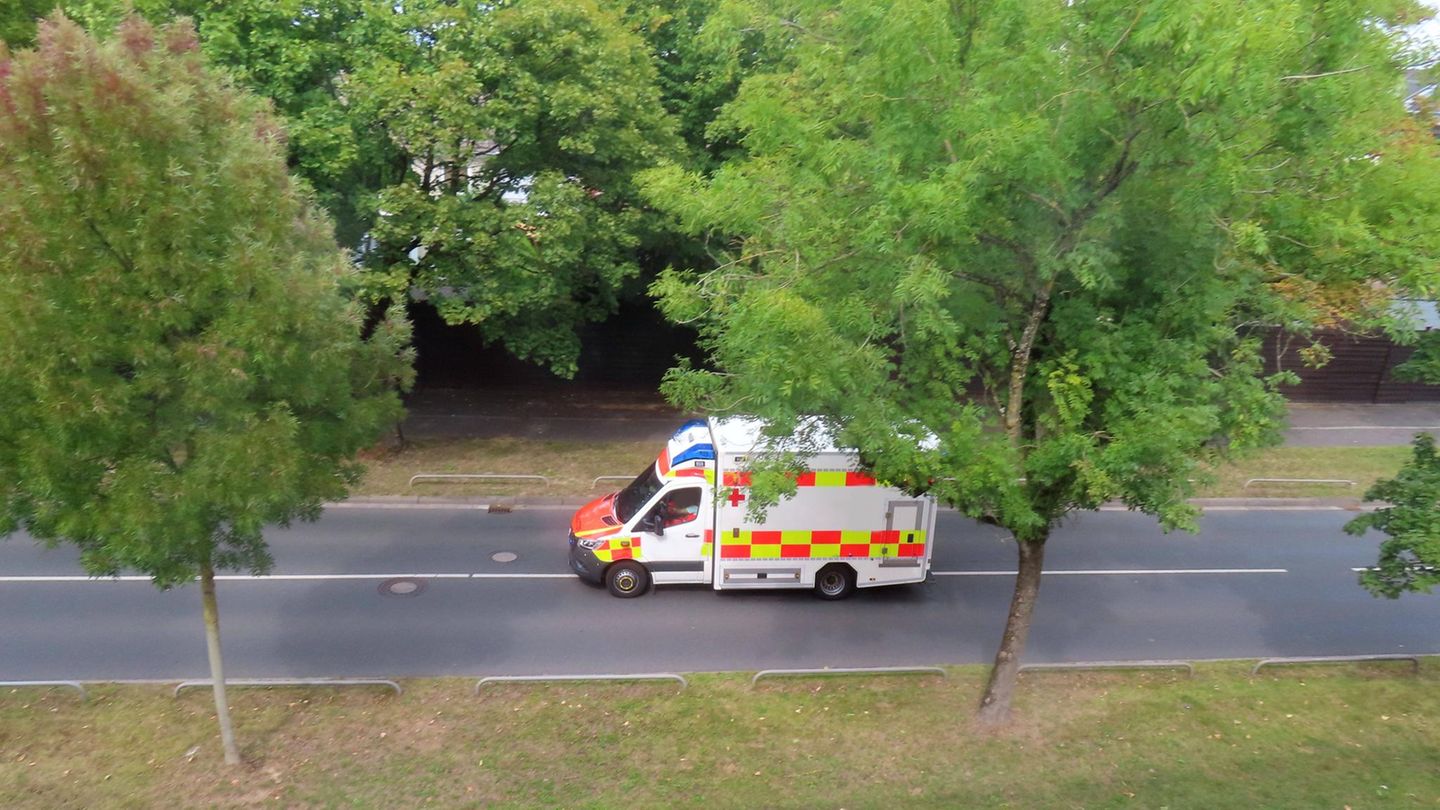The Justice of the United States asked the Government to report where the gold of the Central Bank (BCRA) is that came out of the reserves of the monetary authority a few months ago. It was ordered by Judge Loretta Preska in response to a request from the beneficiaries of the ruling against the country, in an attempt to detect State assets in the context of the trial for the expropriation of the oil company YPF.
“What the judge did was issue an order that forces Argentina to report where the country’s gold is located and what amount came out of the BCRA reserves,” he details. Scope the expert in the case Sebastián Marill, CEO of Latam Advisors. It is estimated that at least 60% of Argentina’s gold reserves were sent to London in recent years. This includes, of course, the six tons that the Minister of Economy shipped last year, Luis Caputo.
Let us remember that in June of last year, trucks of BCRA funds with gold bars left for London. The objective was to use them as collateral to obtain profitability. The Government later confirmed this operation in response to repeated requests for information made to the BCRA by the union of bank employees – “La Bancaria” – through its general secretary, Sergio Palazzo. But He never specifically said where the bullion had been sent.. He defended his strategy and, in July, he repeated the procedure by sending three more tons (in total there were six).
At that time, it generated concern among some market analysts who BCRA gold is part of the reserves and they warned that putting it as investment guarantee implied a high risk for such an important asset for the country. The BCRA It has around US$4.6 billion of its reserves in gold; A part of that total was in London before these two shipments made by the head of the entity, Santiago Bausili, and It could already be used as collateral in operations.
One of the biggest threats that some economists saw was the danger of embargo, which today becomes more possible with the Preska requirement.
A request for information that touches several assets
But Marill points out that that is not the only thing the magistrate is looking for. “Additionally, asked the Government to provide information on sovereign accounts located locally and in the US, which include those belonging to diplomats, embassies and consulatesas well as bank accounts with companies with which the Government has carried out a commercial operation,” he details.
Marill explains that Argentina has six weeks to report this information and that, once it meets that requirement, the beneficiaries of the ruling will review it and They will inform Judge Preska what they want to seize. And she will decide which ones can be seized or not. “Many say that an asset of an embassy or consulate has diplomatic immunity. That is true, but if it was used for a commercial activity, that benefit is nullified and can be seized,” reports the expert.
What the judge did is make an extreme decision within the framework of a trial that has been developing for a long time and, in some way, shows a sanctioning attitude against Argentina for its constant attitude of kicking the ball and not complying with its obligations. .
In May of last year, the American judge Preska demanded that Argentina demonstrate that the oil company and the State They represent the same interests. The judge had already issued a ruling that condemned the country to pay some US$16 billion, of which the Burford fund is the main beneficiary. At the hearing, the parties presented arguments for and against forcing the country to present information on whether certain entities administered by the State They are “alter ego” of the country. On that list were YPF, Aerolíneas, BCRA, Arsat, Banco Nación and others.
Source: Ambito
I’m a recent graduate of the University of Missouri with a degree in journalism. I started working as a news reporter for 24 Hours World about two years ago, and I’ve been writing articles ever since. My main focus is automotive news, but I’ve also written about politics, lifestyle, and entertainment.




